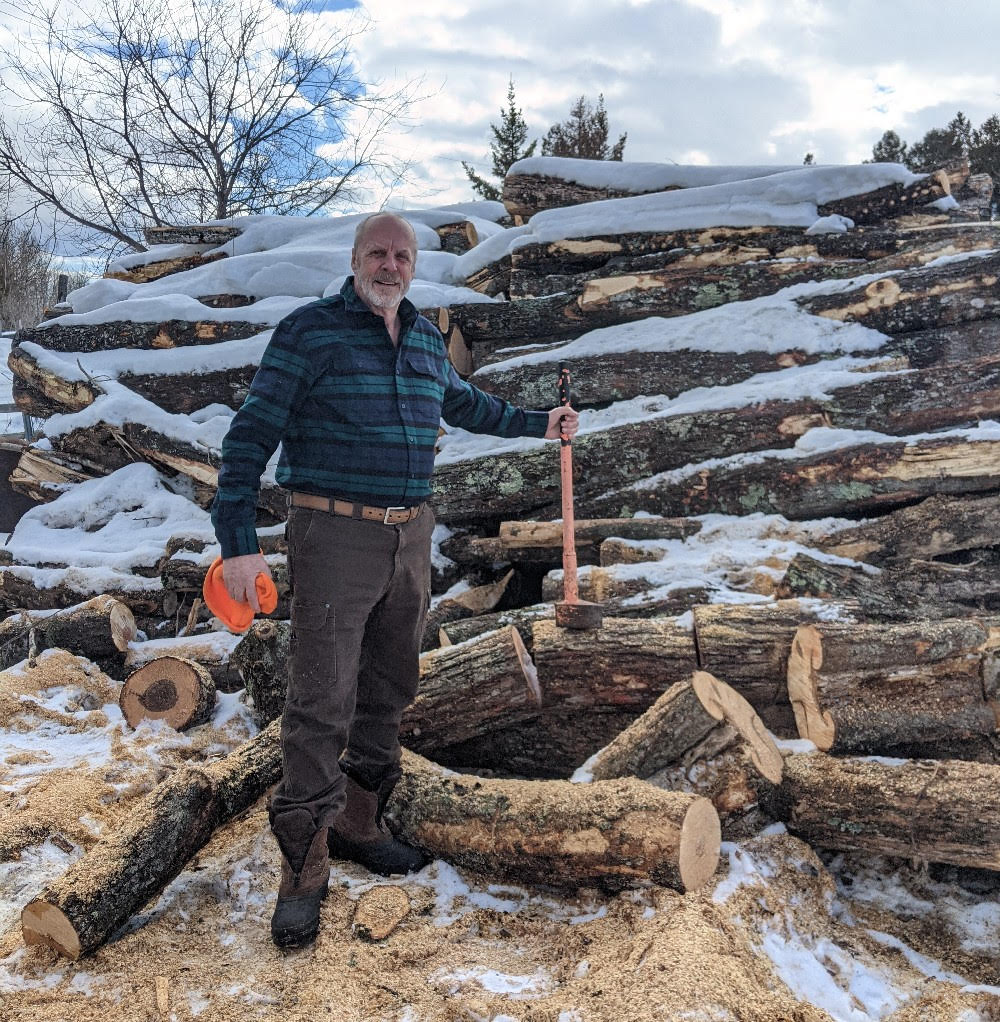ST. IGNACE, Mich. (Michigan Back Roads) – It goes without saying that a lighthouse can really come in handy when storms begin to rage on a dark night out on the Great Lakes. While there was a light at the entrance to the Bays de Noc and at the western entrance of the Straits of Mackinac, there was nothing to aid early explorers and traders along 100 miles of Lake Michigan coastline in the upper peninsula. Along that stretch there was just one harbor of refuge. It was south of present-day Gulliver and was referred to as “Seul Choix.”
The name has been translated as “only choice” which may have led to the mispronunciation as “sole choice”. It wasn’t that important until the decision was made to build a lighthouse there. That lighthouse is still known as the Seul Choix Lighthouse and the proper pronunciation is still argued deep into the night.
MORE NEWS: Nonprofit Alleges Henry Ford Health Does Trans Surgeries on Children, Hospital Denies It
I have never been much of a lad for lighthouses, but Helga is fanatical about them. In her opinion, Seul Choix is perhaps the most beautiful lighthouse on the Great Lakes. Since the lighthouse was on her list so she informed me that we would be heading across the Straits to visit “Sole Chokes” as she pronounced it. This led to a discussion about the various ways the name is sometimes pronounced. I usually used the ses shwa variation. Other pronunciations include sis shaw and sel shwa.
Seul Choix is the only active lighthouse on the north shore of Lake Michigan. It has been in continuous operation since it was completed in 1895. The original beacon was produced by a Third Order Fresnel lens and was visible 26 miles out. Installed in the 1970s, a fully automated airport beacon lens allows for seventeen miles of visibility over the surface of Lake Michigan. The tower is nearly 80 feet tall. It opened to the public in 1995. There are 96 stair steps to the top. The panoramic view of the point and Lake Michigan is worth the climb. The living quarters are part of the tour. About 80% of the objects on display were in use daily when these rooms were occupied by the lighthouse keeper and his family.
In addition to the lighthouse there are several other buildings. The Fog Signal Building has been restored and contains an exhibit of local fossils in addition to the equipment necessary to operate the foghorn. Two oil houses have been restored. The Boat House Museum contains several boats used for fishing and rescue operations. There is also a dugout canoe from the 1600s which was found in the nearby dunes. The Assistant Keepers House has also been restored and houses the research library.
